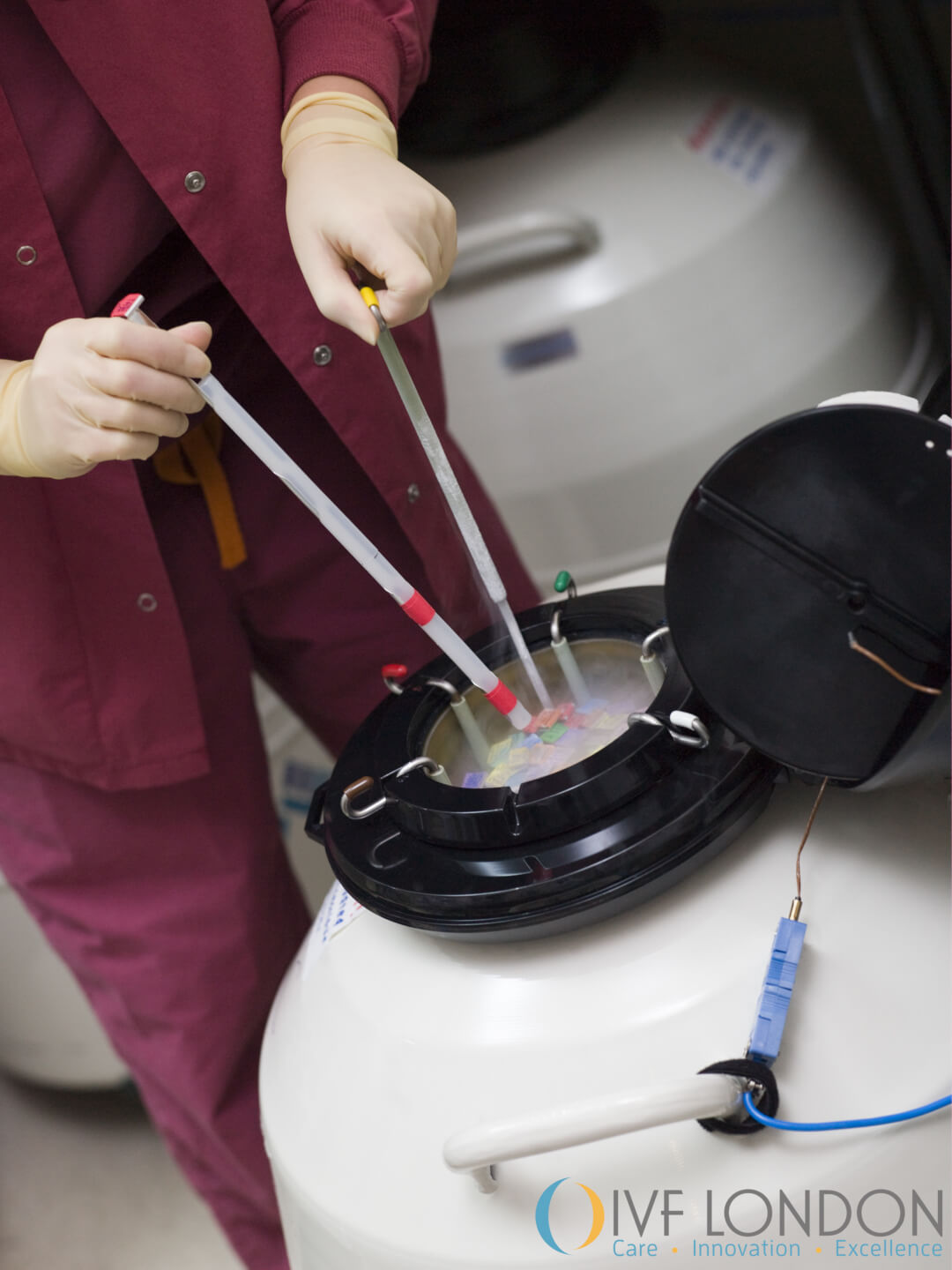

Source: CYN Fertility Frozen embryo transfers (FETs)Įmbryos from past IVF cycles can be stored and frozen for an indefinite period. To retrieve and fertilize the intended mother’s eggs and sperm during IVF, you’ll have the option of picking between a few different options. Undergoing ICSI to fertilize the egg can achieve a successful embryo for implantation. Male factor infertility is common, causing infertility in couples ⅓ of the time. If you’ve had your fallopian tubes cut or removed permanently, IVF and an embryo transfer can allow you to conceive successfully. These are benign tumors on the uterus wall that can interfere with the embryo implantation needed for a successful conception. Occurring when uterine tissue implants and grows outside of a woman’s uterus, this affects the function of ovaries, uterus, and fallopian tubes.

Irregular or absent menstrual cycles mean fewer eggs are available for fertilization, increasing the difficulty of getting pregnant naturally. If your fallopian tubes are damaged or blocked, the egg will struggle to become fertilized and travel to the uterus.
Failed fet with pgs normal embryo how to#
While the specific cause(s) of infertility may be unknown, your fertility clinic and reproductive endocrinologist will work with you to identify your source of infertility and how to best achieve a successful pregnancy.Įmbryo transfers are an excellent option for intended parents who have: Why intended parents turn to embryo transfers

Often, intended parents experiencing male factor infertility, female factor infertility, or both turn to IVF to achieve a successful pregnancy and birth. If this does occur, fear not, you will only experience a mild cramping sensation.Īs a part of the in vitro fertilization cycle, embryo transfers can significantly improve intended parents’ chances of conceiving. The embryos’ placement within the uterus must be precise, so your fertility doctor will guide this transfer by an ultrasound.īecause the ultrasound gives your reproductive doctor visibility into the perfect placement for the catheter, they can reduce the possibility of the catheter touching your cervix. Simply put, an embryo transfer involves taking the fertilized egg and sperm and implanting the newly-formed embryo into the woman’s uterus. But what does an embryo transfer mean for you, and what are your options when it’s time for this long-awaited day? What is an embryo transfer? Yet, for intended parents beginning their IVF journey, understanding and selecting which fertility treatment you’ll try can be an overwhelming, emotional process.įor intended parents undergoing IVF, the last procedure before your blood pregnancy test will be an embryo transfer. Between 19, 1 million babies were born in the United States with ART like IVF. For couples and individuals struggling with infertility, assisted reproductive technology (ART) like in vitro fertilization (IVF) can allow intended parents to bring a baby into the world.


 0 kommentar(er)
0 kommentar(er)
